What Is an IFSP? Individualized Family Service Plans Explained

- An individualized family service plan, or IFSP, details the early intervention services that are provided to an eligible child ages 0–3 who may have developmental challenges or a diagnosis.
- The individualized family service plan is a process as well as a written document that outlines the services a child needs as well as the expected outcomes of any interventions.
- The child’s family and the information they provide are critical to the development of an effective IFSP.
- The family is integral to the provision of interventions, and an IFSP should support a family in addressing their child’s challenges.
Early intervention refers to services and support for babies and young children ages 0–3 who have developmental delays or disabilities. There are programs in every state to support very young children and their families by providing speech therapy, occupational therapy, physical therapy, or behavioral or psychological support.
Educators and medical experts alike agree that intervening early to address developmental delays in very young children has a positive impact on their future abilities and educational attainment. One of the most important things a parent can do to support a child with a developmental delay is to access an early intervention program.
To receive early intervention services, a child needs to be evaluated and qualify for an individualized family service plan, or IFSP. But what is an IFSP? Take a look at our guide below to have individualized family service plans explained and your questions answered.
Legal Background of the IFSP
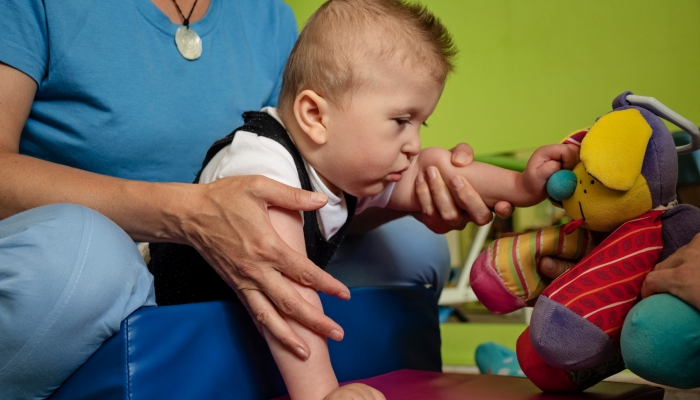
The Individuals with Disabilities Education Act11. Individuals with disabilities education act (IDEA). U.S. Department of Education. https://sites.ed.gov/idea, known as IDEA, is the key federal law that ensures a free and appropriate education for all children with disabilities.
The individualized family service plan, or IFSP22. Morin, A.. What is an IFSP?. Understood. https://www.understood.org/en/articles/ifsp-what-it-is-and-how-it-works, is covered by IDEA and is defined in the legislation33. Sec. 303.20 Individualized Family Service plan. Individuals with Disabilities Education Act. 2017. https://sites.ed.gov/idea/regs/c/a/303.20 as “a written plan for providing early intervention services to an infant or toddler with a disability.”
The law states that an IFSP must be:
- Based on an evaluation and assessment.
- Must contain specified information.
- Must be implemented as soon as possible once parental consent is obtained.
- Must be developed according to IFSP procedures.
Infants and toddlers under this law are defined as children from ages 0–3. The education of children over age 3 falls under IDEA as well but is dealt with under the individualized education program (IEP) procedures for special education services.
Purpose of the IFSP
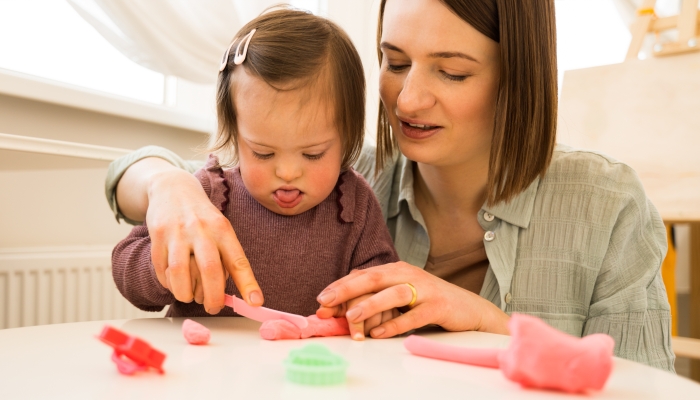
IFSP is both a process and a document. IFSP is a written document that states the plan for the provision of specific early intervention services for a young child with developmental delays. IFSP also refers to the process of evaluating the child’s needs and working with their family to support their development.
The “F” in IFSP refers to the family because the child’s family is an integral part of making sure the child can receive services to achieve the desired outcomes.
IFSP interventions are also provided in the child’s “natural environment,” which in many cases is the child’s home in the presence of their family, along with other child care settings. Family involvement is an important part of implementing the IFSP.
The IFSP details the child’s needs and the specific services and interventions that will be provided, and by whom, in order to help the family address their child’s developmental delays.
The IFSP Process
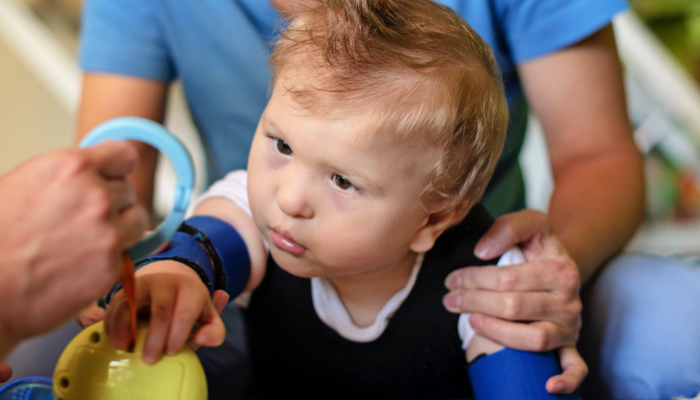
The individualized family service plan process has three main phases:
- The identification and assessment of a child’s needs.
- The development of the IFSP to address those needs.
- The implementation and monitoring of a child’s progress under the IFSP.
Let’s take a look at each of these in turn.
Initial Assessment and Meeting
To qualify for family support services, a child must first be evaluated and their needs assessed to make sure they are found eligible for early intervention and related services.
A parent or legal caregiver is usually the first person to notice delayed development. Healthcare providers, like pediatricians, nurses, or clinic staff, may also note whether or not a child is reaching appropriate milestones.
Assessment of a child’s eligibility for services proceeds along the following steps:
- A parent or caregiver asks their health care provider for an evaluation, or the health care provider suggests it to the family.
- The health care provider refers the family to the state early intervention center or the family refers themselves.
- A service coordinator is assigned to work with the family.
- The service coordinator explains the process and requests parental written consent to assessment and early intervention.
- An early intervention evaluation is conducted by a team of experts, usually in the family’s home.
The early intervention evaluation may involve different specialists, depending on the parents’ concerns about their child. A developmental therapist looks at the child’s current level of overall development. Other team members may include a physical therapist, occupational therapist, speech therapist, social worker, or psychologist.
Developing the IFSP
To draft an effective plan, the IFSP team should work closely with the child and family. The family’s concerns and priorities must be taken into account.
The service coordinator can help the family with the logistics of the evaluation and make sure they understand which professionals will be involved.
After the evaluation, the IFSP team will meet with the family in an eligibility meeting to explain the results of the evaluation and the extent of the services that will be needed.
Family members are an important part of the planning process, both in providing information but also in implementing the interventions.
Implementation and Monitoring
Every state has its own criteria for the provision of early intervention services, in keeping with the requirements of federal law.
The IFSP document itself will provide details about how a child’s progress will be measured and the expected outcomes with intervention.
Clear communication between the IFSP team and the family is crucial as the interventions progress to determine whether changes to the plan are needed or the plan needs to be adapted.
Key Components of an IFSP
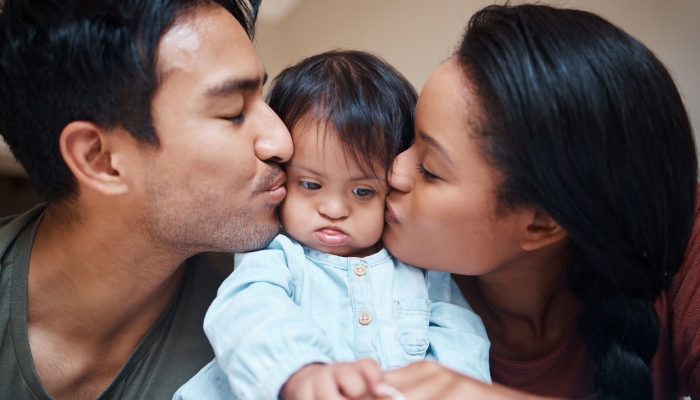
The evaluation process determines whether a child is eligible for early intervention. If they are, the team will write the individualized family service plan to detail the child’s specific needs and the early intervention and related services authorized for their progress.
Federal law dictates that an individualized family service plan must include44. Sec. 303.344 Content of an IFSP. Individuals with Disabilities Education Act. 2017. https://sites.ed.gov/idea/regs/c/d/303.344#:~:text=The%20IFSP%20must%20include%20a,the%20information%20from%20that%20child’s the following components:
| Child’s Status | A statement of the child’s current level of development and any developmental delay. |
| Family Information | A statement about the child’s family situation, their resources, priorities, and concerns. |
| Outcomes and Progress | The desired outcomes expected as a result of early intervention services and details about the measurement of the child’s progress. |
| Early Intervention Services | The early intervention services and therapies that will be provided, the agencies providing services, and the professionals involved. |
| Other Services | Additional services provided to the child, such as medical interventions. |
| Dates and Duration | The dates and duration of services provided to the child. |
| Service Coordinator | The contact details of the service coordinator. |
| Transition Planning | Details about the child’s transition from an individualized service plan after age 3 to an individualized education program and special education services. The child’s transition plan. |
Each of these components must be part of the IFSP once a child is found eligible for the state’s early intervention program.
Child’s Status
This statement gives the findings of the evaluation, details the concerns of family members and professionals about the child’s development, and identifies the developmental areas that will be targeted.
Family Information
The family works closely with the IFSP team to provide information that informs the written plan but also to implement the interventions recommended by the individualized family service plan.
A child’s primary caregiver is best placed to describe their child’s strengths and explain their challenges. Information about the child and family dynamics, the presence and support of other family members, the overall family situation and the community resources available to the child are all relevant information for the IFSP and other professionals to consider.
This information is included as part of the IFSP written document.

Service Provision
This part of the IFSP states in detail all of the intervention services that will be needed. It gives the duration, length, frequency, intensity, and method of delivery for each service.
It also includes the location of where the interventions will be provided. Under this section of the law, IFSP interventions should be provided, to the extent possible, in the child’s natural environments, like their home and child care setting.
If it’s not possible to provide services there, the IFSP must give an explanation for that decision. Early intervention services include physical therapy, speech therapy, occupational therapy, and psychological or behavioral support from a social worker or psychologist.
Other services that the family receives from other funding resources, such as medical services, should also be included in the IFSP document.
Outcome Goals
An important component of the IFSP is also a statement about the expected outcomes for the child and family, both short-term and long-term.
The results must be measurable and the strategies for measuring the child’s development progress—for example, achieving developmentally appropriate language—must be explained.
Transition Plans
Finally, the IFSP should document any transition planning for the time when a child reaches age three and is ready to progress to an individualized education program or IEP, to prepare for school readiness covered by special education law.
Under IDEA, children with disabilities are entitled to receive a free and appropriate education in the least restrictive environment. This includes early childhood education and preschool programs.
Having a Voice in Your Child’s IFSP

It can be very worrying for the parent or caregiver of an infant or toddler to notice that their child is not reaching milestones or to have concerns about possible developmental delays.
It can also be daunting to engage with state agencies and therapists and to find yourself in a world of assessments and evaluations with a baby or very young child.
However, it’s important to remember that you, as the parent or caregiver, know the most about your child’s strengths, abilities, challenges, and behaviors. Your knowledge and information about your child are therefore one of the most important parts of the IFSP process.
Here’s how you can empower yourself to make your voice heard in the IFSP process55. Stuart, A.. 6 tips for Creating your child’s IFSP. Understood. https://www.understood.org/en/articles/6-tips-for-creating-your-childs-ifsp:
- Write down information that will help the IFSP team understand your child, such as their strengths and abilities; specific examples of their challenges, like difficulty holding a spoon, or not responding to their name; and your concerns and priorities.
- Think about which family members can assist you, where the best place for interventions may be, and who you would like to have on the team.
- State the progress and outcomes that you would like to see, and ask how they can be achieved.
- Consider future transitions as your toddler moves into preschool and special education.
References
- Individuals with disabilities education act (IDEA). U.S. Department of Education. (n.d.). https://sites.ed.gov/idea
- Morin, A. (n.d.). What is an IFSP? Understood. https://www.understood.org/en/articles/ifsp-what-it-is-and-how-it-works
- Sec. 303.20 Individualized Family Service plan. Individuals with Disabilities Education Act. (2017, May 2). https://sites.ed.gov/idea/regs/c/a/303.20
- Sec. 303.344 Content of an IFSP. Individuals with Disabilities Education Act. (2017, July 12). https://sites.ed.gov/idea/regs/c/d/303.344#:~:text=The%20IFSP%20must%20include%20a,the%20information%20from%20that%20child’s
- Stuart, A. (n.d.). 6 tips for Creating your child’s IFSP. Understood. https://www.understood.org/en/articles/6-tips-for-creating-your-childs-ifsp
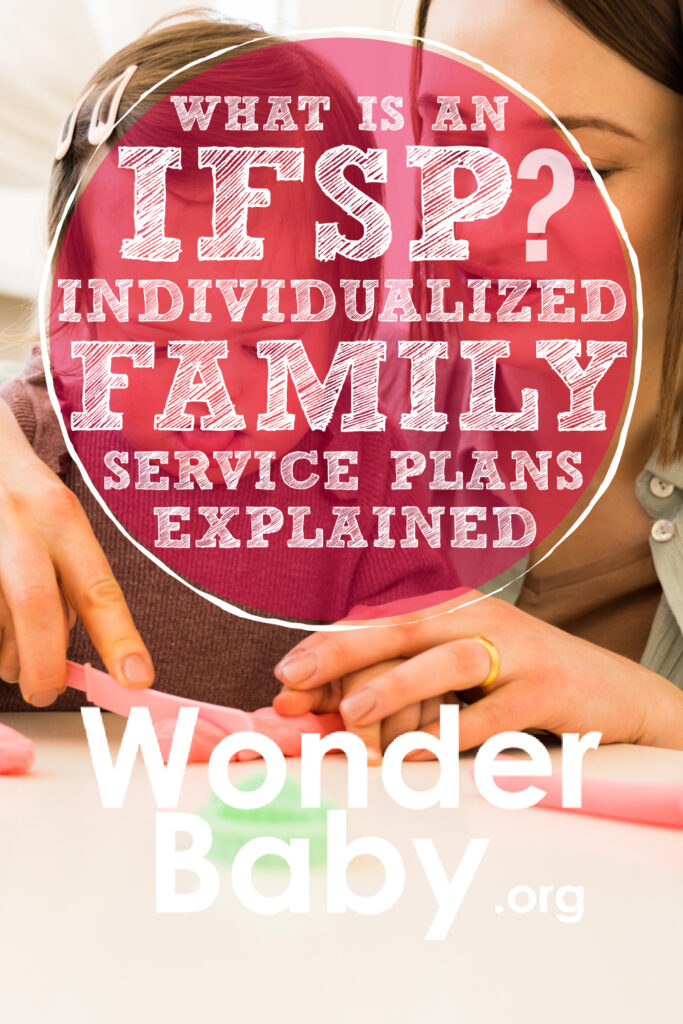
Related Posts

Eye Conditions and Syndromes, Visual Impairment
Neuralink Announces Plans to Restore Sight to the Blind with Brain Chip
Elon Musk’s company Neuralink has announced plans to begin human trials of its new “Blindsight” brain chip by the end of 2025.

IEPs
What Should I Bring to My Child’s First IEP Meeting?
Prepare for your child's first IEP meeting with confidence! Discover exactly what documents to bring, including educational records, medical info, and questions to ask.

Special Needs
5 Spring Cleaning Tips for Families of Children with Disabilities
Spring cleaning is an opportunity to create a more accessible, organized, and supportive space for your child with disabilities. Declutter, deep clean, and refresh!